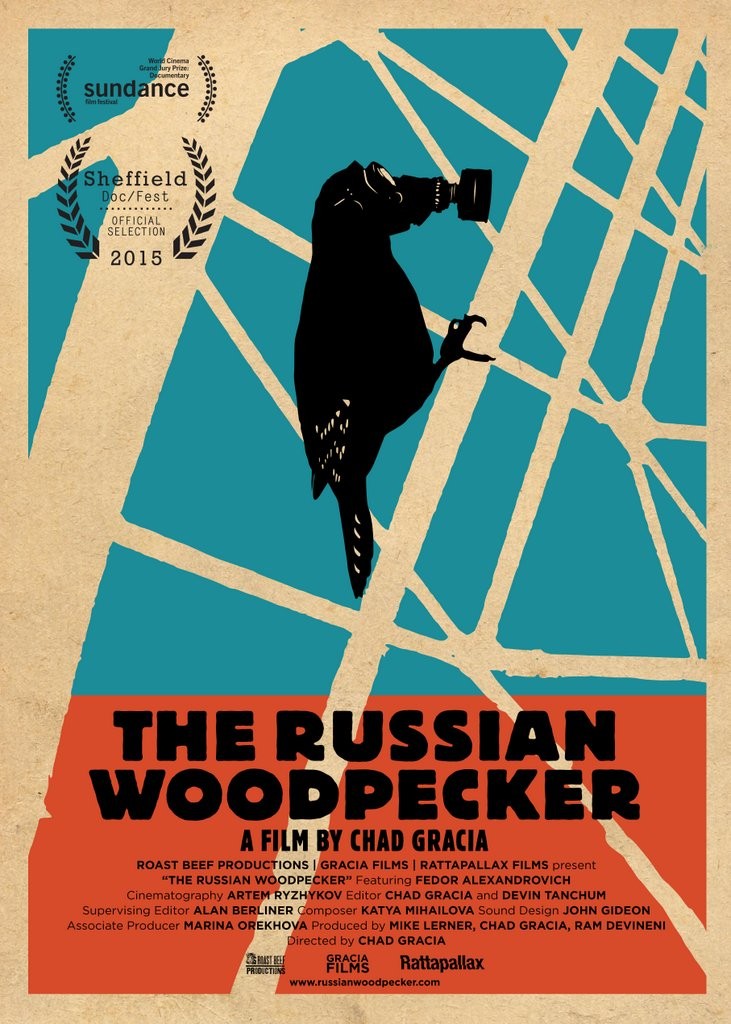(Source: BBC Reel)
In a remote forest, a few kilometres from the Chernobyl power plant, the huge Duga-2 radar tower stands as relic of Soviet mismanagement.

(Source: BBC Reel)
In a remote forest, a few kilometres from the Chernobyl power plant, the huge Duga-2 radar tower stands as relic of Soviet mismanagement.
Many thanks to SWLing Post contributor Stephen Cooper who shares photos from his recent visit to the Duga Soviet Union era over-the-horizon (OTH) radar system near Chernobyl.
The following photo gallery contains images of the antenna, control room, training room and server room. Click on the thumbnails below to enlarge images and browse:
What an amazing site, Stephen! Thank you for sharing your photo tour with us.
Readers: Stephen is also an application developer and the kind fellow behind Shortwave.am, Interval Signal Ringtones for Android, and the Shortwave Radio Schedules app. Check them out!
(Source: CNN Travel via Heath Hall)
(CNN) — The peaceful untouched forest north of Ukraine’s capital, Kiev, is a perfect spot to enjoy the outdoors — save for one fact.
It contains the radiation-contaminated Chernobyl Exclusion Zone, established in 1986 after the world’s worst nuclear disaster sent a wave of radiation fallout across Europe.
Since 2011 it’s been a major draw for adventurous tourists, but the forests here conceal another legacy of the Cold War, with a far more sinister and mysterious reputation.
The Duga radar.
Though once a closely guarded secret, this immense structure can be seen for miles around, rearing up through the mist over the horizon — a surreal sight.
From a distance, it appears to be a gigantic wall. On close inspection, it’s an enormous, dilapidated structure made up of hundreds of huge antennas and turbines.
The Duga radar (which translates as “The Arc”) was once one of the most powerful military facilities in the Soviet Union’s communist empire.
It still stands a towering 150 meters (492 feet) high and stretches almost 700 meters in length. But, left to rot in the radioactive winds of Chernobyl, it’s now in a sad state of industrial decay.
Anyone exploring the undergrowth at its feet will stumble upon neglected vehicles, steel barrels, broken electronic devices and metallic rubbish, the remainders of the hasty evacuation shortly after the nuclear disaster.[…]
Click here to continue reading the full article and explore the photo gallery at CNN Travel.
(Source: news.com.au via Ian P)
ON MAPS, this site was marked as a children’s playground. That couldn’t be further from the truth.
When the Chernobyl nuclear explosion happened in 1986, it shook the world in many ways. Not only did it put the now ghost town of Pripyat on the map for all the wrong reasons, it also exposed the world to what was really at this site in Ukraine — the dreaded Duga radar, also known as the Russian Woodpecker.
A Soviet engineering and scientific feat of its time, the Russian Woodpecker was an over-the-horizon radar system designed to provide early detection of an intercontinental ballistic missile attack.
[…]Air traffic controls, television and radio broadcasters would be irked by the mysterious pecking noises it emitted, hence its nickname, the Russian Woodpecker.
Built just outside the city of Pripyat, it was completely off limits and unknown to outsiders.
It was erected near Chernobyl due to its high power demands. On maps, it was marked as a summer camp for children hidden in the depths of the forest. Locals were told that the imposing skyscraper was a radio tower.[…]

Many thanks to SWLing Post contributor, Andrea Borgnino, who tweets:
The Russian Woodpecker movie is now on Vimeo, Google Play & Itunes:
Thanks, Andrea!
It appears the movie costs $9.99 (buy) or $3.99 (rent) via Google Play, $12.99 (buy) via iTunes, and $12.99 (buy) or $4.99 (rent) via Vimeo on Demand.
Via Amazon, the movie costs $9.99 (buy) or $4.99HD/$3.99SD (rent) but, if you’re an Amazon Prime member, it’s offered as a “free” stream. If I can finish a few projects on my table, I hope to watch this tonight.